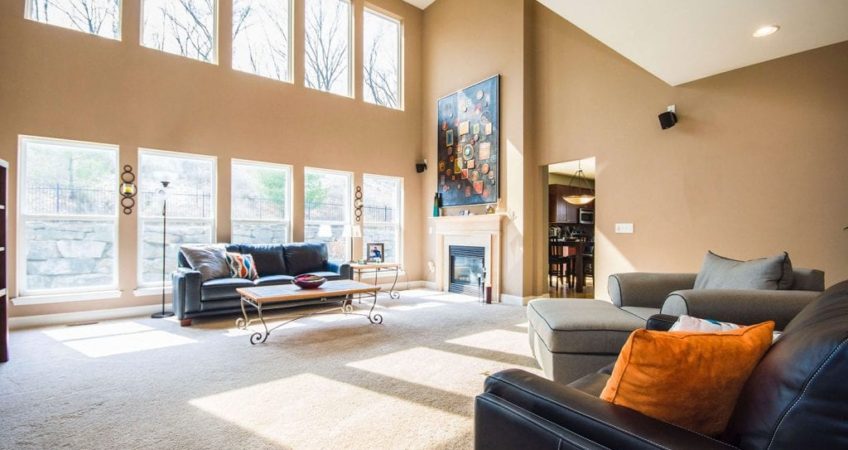Noise pollution is usually a problem if you live on a busy street, in proximity to the airport, or near train tracks. But the noise from traffic isn’t the only kind of noise pollution. You can also get unwanted sound transmission from a nearby park, a dog down the street, or even rowdy neighbors. And because they are the weakest link in the exterior envelope of your home, most of the outside noise comes through the windows. But with the right technologies on replacement windows in Portland, OR you can significantly reduce noise pollution in your home. Here is what you should know.
Measuring Noise Reduction
Most homeowners understand windows come with ratings from the National Fenestration Ratings Council (NFRC) that measure energy performance. But few people know some windows also come with a rating for noise reduction. This measurement is called the sound transmission class (STC) and it will tell customers how well a window helps block outside noise. Standard ratings usually range from 18 to 38.
What Window Features Help Reduce Noise Transmittance?
Insulation and acoustic control often go hand in hand. That is to say, the features that help make your window more efficient often help make it more soundproof.
Window Style
Window styles with fewer gaps in the assembly are often more resistant to noise transmission. So sliding windows, single hung windows, and double hung windows will often transmit more noise than picture windows, awning windows, and casement windows.
Frame Material
In small part, the window frame material can also contribute. Highly efficient materials like wood and vinyl will absorb more sound. Aluminum window frames are likely to transmit more sound. That said, the frame is such a small area of the window, it doesn’t have as much impact on noise reduction. The glazing is where you will see the most impact.
Number of Panes
More window panes equal more noise reduction. Single-pane windows provide very little insulation and very little noise reduction. Double-pane windows are the modern standard. Two panes of glass provide better protection on both counts. As you might guess, triple-glazed windows provide the most insulation. But it is interesting to note, adding a third pane of glass does not do as much for noise reduction as you might think. Other glazing features provide better results for the price.
Space Between Glass
Another thing to consider is the space between the glass. More space often equates to more noise reduction. Unfortunately, windows do not give you a lot of room to work with. This is why manufacturers use inert gas fills between the panes of glass, so they can maintain a slimmer profile. It can increase insulation without the need for increased space.

Glass Thickness
Most insulated glazing units (IGUs) come with 3mm panes as a standard. Upping the thickness to 5mm can cut out more noise. But customers might also consider investing in IGUs with variable thickness. Having one pane of glass at 3mm and one pane of glass at 5mm means more acoustic control because the different thicknesses tend to block a different range of frequencies, thus canceling out a wider range of noise. Windows with different thicknesses on the glass can have an STC rating of 34 or more.
Laminated Coatings
Laminated and impact resistant windows seem to take the cake when it comes to soundproofing. The polyvinyl butyral (PVB) interlayer has the density to significantly disrupt sound transmission. Most windows with laminated coatings can have an STC between 32 and 35.
Contact us to find out more about soundproofing replacement windows in Portland, OR. The experts at EnergyGuard Windows & Doors can help you find the best window products at the right price.

